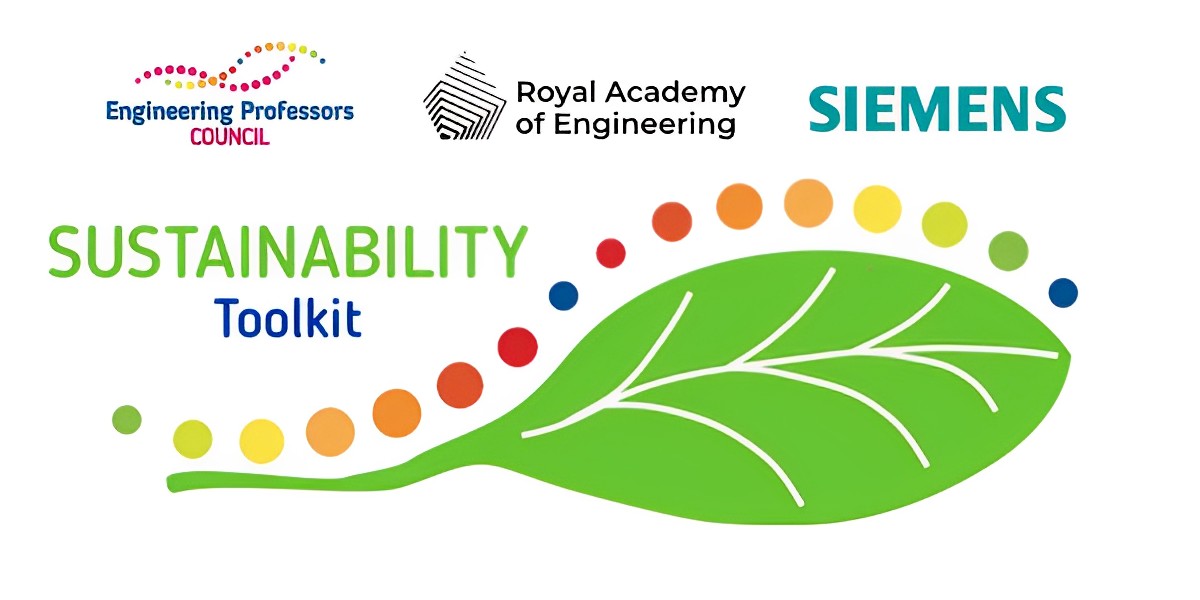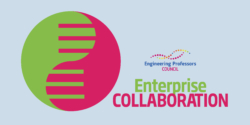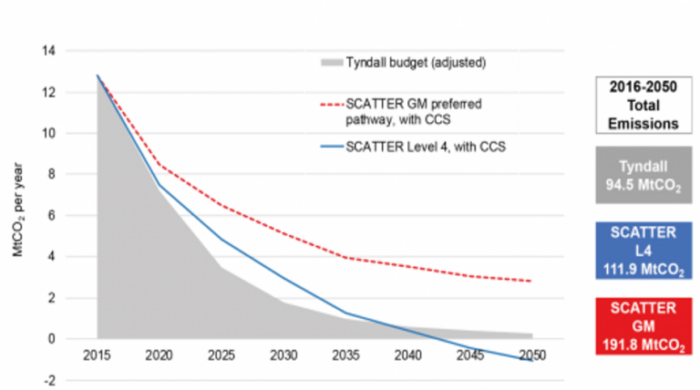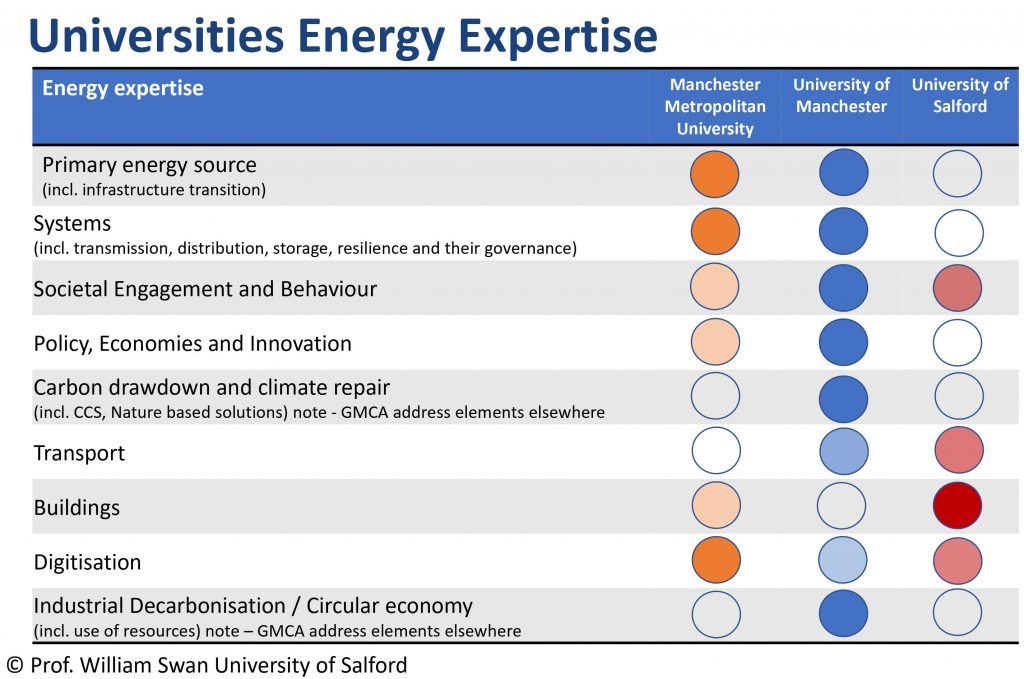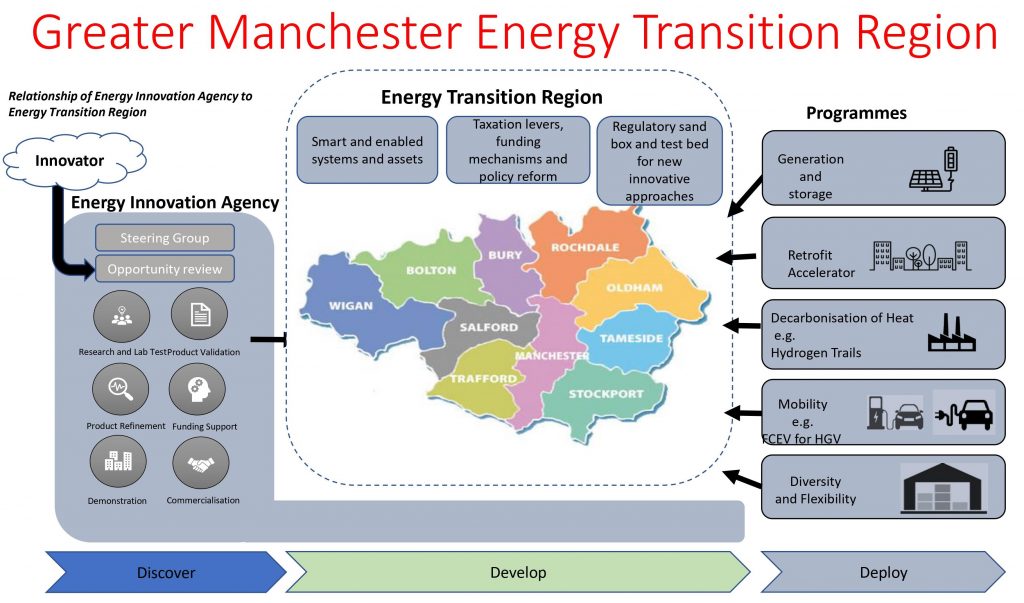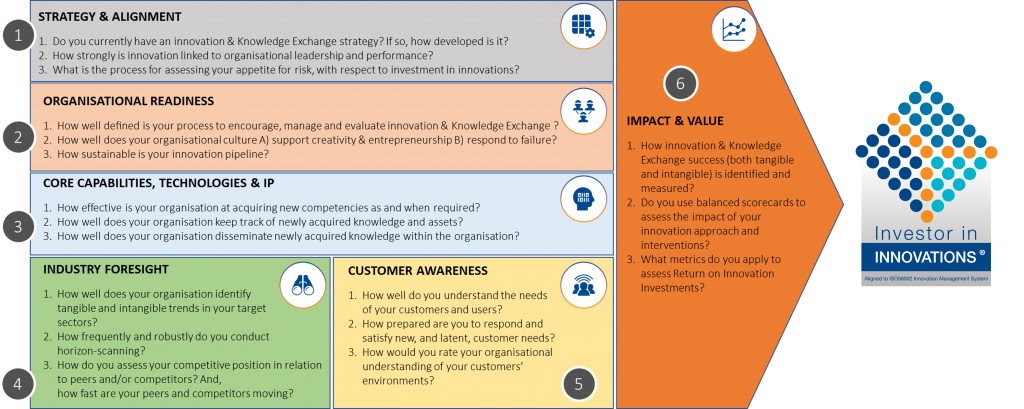Author: Ema Muk-Pavic, FRINA SHEA (University College London)
Topic: Links between sustainability and EDI
Tool type: Guidance.
Relevant disciplines: Any.
Keywords: Sustainability; AHEP; Programmes; Higher education; EDI; Economic Growth; Inclusive learning; Interdisciplinary; Global responsibility; Community engagement; Ethics; Future generations; Pedagogy; Healthcare; Health.
AHEP mapping: This resource addresses two of the themes from the UK’s Accreditation of Higher Education Programmes fourth edition (AHEP4): The Engineer and Society (acknowledging that engineering activity can have a significant societal impact) and Engineering Practice (the practical application of engineering concepts, tools and professional skills). To map this resource to AHEP outcomes specific to a programme under these themes, access AHEP 4 here and navigate to pages 30-31 and 35-37.
Related SDGs: All 17.
Who is this article for: This article should be read by educators at all levels in Higher Education who wish to understand how engineering practice can promote sustainable and ethical outcomes in equality, diversity, and inclusion.
Supporting resources:
Center for Responsible Business (CRB). (2023). Case study: Sustainability initiatives by a gemstone manufacturing organisation: community engagement, decent work and gender empowerment. New Delhi: Center for Responsible Business (CRB)
Premise:
The role of engineering is to enhance the safety, health and welfare of all, while protecting the planet and reversing existing environmental damage by deploying engineering solutions that can meet urgent global and local needs across all sectors (Engineering Council, 2021). The socioeconomic and environmental problems are strongly linked and finding responsible solutions is of imminent urgency that requires a holistic interdisciplinary perspective.
Sustainability and Equality, Diversity and Inclusion (EDI):
Equality, diversity, and Inclusion are interlinked concepts that emphasise equal opportunities, the inclusion of underrepresented groups, and the benefits that derive from diverse perspectives within the engineering field. Because sustainability is a global phenomenon, achieving the objective of “providing for all” should be a priority for all engineering professionals to ensure solutions are developed that benefit all (Jordan et al., 2021). To address sustainability challenges, engineers need to keep in mind that some communities are disproportionately impacted by climate change and environmental harm. It is essential to empower these communities to create systematic change and advocate for themselves.
A strategic pedagogical approach to sustainability and EDI:
A variety of pedagogical strategies can be applied to incorporate diversity and inclusion perspectives into sustainability engineering. Rather than adopting an “add-on” approach to the existing programmes it is recommended to fully embed inclusive and sustainable perspectives in the existing curriculum. These perspectives should be incorporated following a learning path of the students, from the beginning of the programme in the engineering fundamentals, starting with raising awareness and understanding of these perspectives and gradually improving student knowledge supported by evidence and further to implementing and innovating in engineering practice and solutions. By the end of the programme, diversity and inclusion and sustainability perspectives should be fully incorporated into the attitude of the graduates so that they will consider this when approaching any engineering task. This approach would go hand-in-hand with incorporating an ethics perspective.
Some practical examples of implementation in the programme and gradually deepening student learning are:
1. Awareness and understanding:
a. Define sustainability and its relation to EDI.
b. Engage with practical examples in modules that can be considered and discussed from EDI, ethical, and sustainability perspectives (e.g. present a product related to the subject of a class; in addition to discussing the product’s engineering characteristics, extend the discussion to sustainability and diverse stakeholders perspective – who are the end users, what is the affordability, where does the raw material comes from, how could it be recycled etc.)
2. Applying and analysing:
Seek out case studies which can expose the students to a range of EDI issues and contexts, e.g.:
a. Examples of “sustainable” engineering solutions aimed toward “wealthy” users but not available or suitable for the “poor”. Question if EDI was considered in stakeholder groups (who are the target end users, what are their specific needs, are the solutions applicable and affordable for diverse socioeconomic groups (e.g. high-tech expensive sophisticated medical devices, luxury cars).
b. Examples of product design suffering from discriminatory unconscious bias (e.g. medical devices unsuitable for women (Phillips SP, 2022); “affordable housing projects” being unaffordable for the local community, etc.).
c. Positive examples of sustainable engineering solutions with strong EDI perspectives taken that are also financially viable (e.g. sustainable water and sanitation projects, seaweed farming for food security and climate change mitigation (Sultana F, 2023), sustainable gem production (Center for Responsible Business (CRB), 2023) etc.)
3. Implementing, evaluating, and creating:
a. Use existing scenario-based modules to focus on finding solutions for the sustainability problems that will improve socioeconomic equality, access to water, improvement of healthcare, and reduction of poverty. This will guide students to implement sustainability principles in engineering while addressing social issues and inequalities.
b. In project-based modules, ask students to link their work with a specific UNSDG and evidence an approach to EDI issues.
4. Provide visibility of additional opportunities:
Extracurricular activities (maker spaces, EWB UK’s Engineering for People Design Challenge, partnership with local communities, etc.) can represent an additional mechanism to bolster the link between sustainable engineering practice and EDI issues. Some of these initiatives can even be implemented within modules via topics, projects, and case studies.
A systematic strategic approach will ensure that students gain experience in considering the views of all stakeholders, and not only economic and technical drivers (Faludi, et al., 2023). They need to take account of local know-how and community engagement since not all solutions will work in all circumstances (Montt-Blanchard, Najmi, & Spinillo, 2023). Engineering decisions need to be made bearing in mind the ethical, cultural, and political questions of concern in the local setting. Professional engineers need to develop a global mindset, taking into account diverse perspectives and experiences which will increase their potential to come up with creative, effective, and responsible solutions for these global challenges. (Jordan & Agi, 2021).
Leading by example:
It is of paramount importance that students experience that the HE institution itself embraces an inclusive and sustainable mindset. This should be within the institutional strategy and policies, everyday operations and within the classroom. Providing an experiential learning environment with an inclusive and sustainable mindset can have a paramount impact on the student experience and attitudes developed (Royal Academy of Engineering, 2018).
Conclusion:
Engineering education must prepare future professionals for responsible and ethical actions and solutions. Only the meaningful participation of all members of a global society will bring us to a fully sustainable future. Thus, the role of engineering educators is to embed an EDI perspective alongside sustainability in the attitudes of future professionals.
References:
Burleson, G., Lajoie, J., & et al. (2023). Advancing Sustainable Development: Emerging Factors and Futures for the Engineering Field.
Center for Responsible Business (CRB). (2023). Case study: Sustainability initiatives by a gemstone manufacturing organisation: community engagement, decent work and gender empowerment. New Delhi: Center for Responsible Business (CRB).
Engineering Council. (2021). Guidance on Sustainability. London: Engineering Council UK.
Faludi, J., Acaroglu, L., Gardien, P., Rapela, A., Sumter, D., & Cooper, C. (2023). Sustainability in the Future of Design Education. The Journal of Design, Economics and Innovation, 157-178.
Jordan, R., & Agi, K. (2021). Peace engineering in practice: A case study at the University of New Mexico. Technological Forecasting and Social Change, 173.
Phillips SP, G. K. (2022, Nov 5). Medical Devices, Invisible Women, Harmful Consequences. Int J Environ Res Public Health. 2022 Nov 5, 19(21).
Royal Academy of Engineering. (2018). Designing inclusion into engineering education. London: Royal Academy of Engineering.
United Nations. (2023). The Sustainable Development Goals Report. New York: United Nations.
This work is licensed under a Creative Commons Attribution-ShareAlike 4.0 International License.
Any views, thoughts, and opinions expressed herein are solely that of the author(s) and do not necessarily reflect the views, opinions, policies, or position of the Engineering Professors’ Council or the Toolkit sponsors and supporters.
To view a plain text version of this resource, click here to download the PDF.
